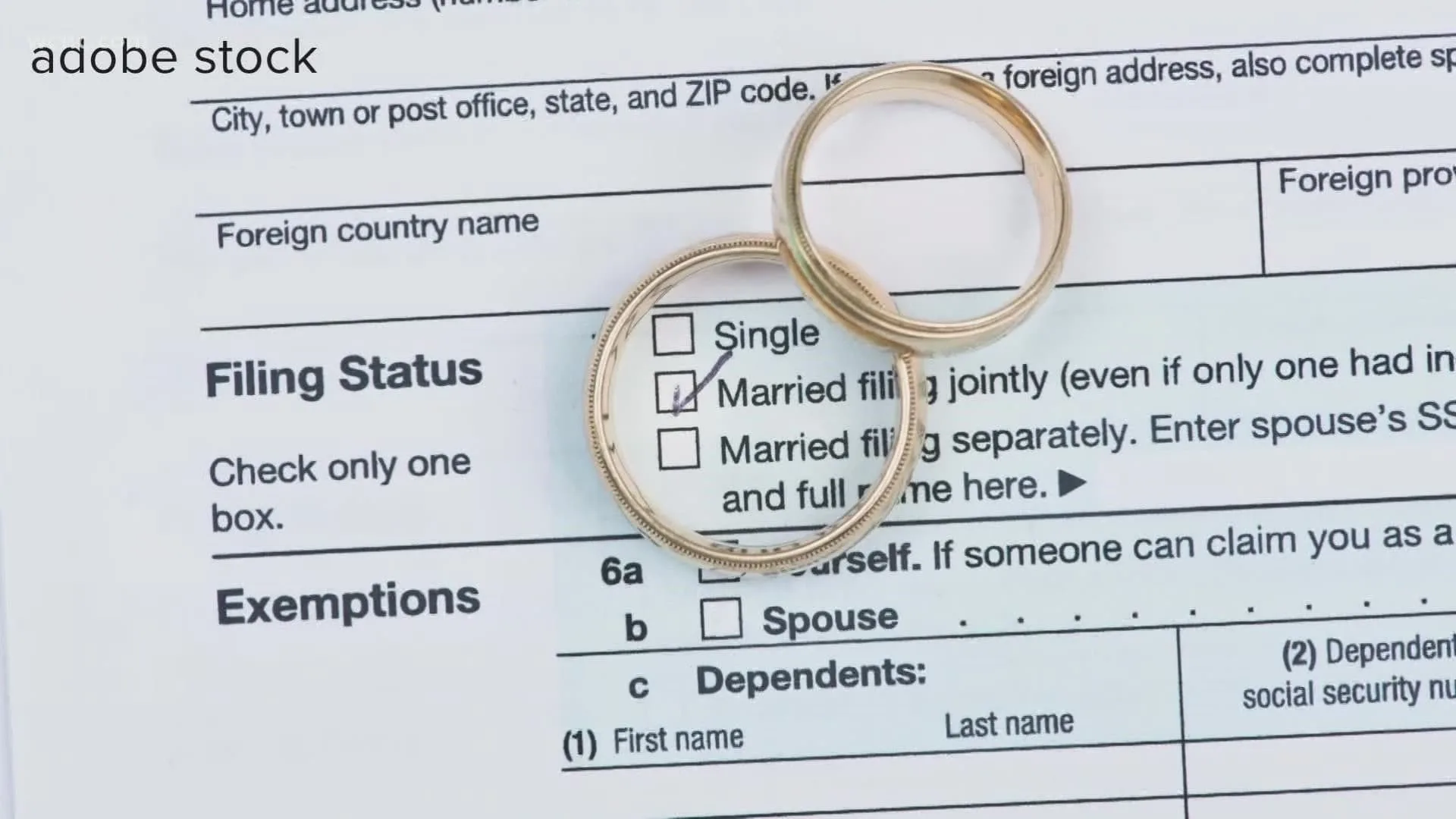
When it comes to managing your taxes as a married couple, understanding Married Filing Jointly Allowances is crucial. Filing jointly with your spouse can unlock several tax benefits, but it’s important to get the allowance part right. These allowances can directly impact your withholding tax, take-home pay, and even your tax refund. So, if you’re wondering how to navigate this and maximize your tax benefits, you’re in the right place. This article will break down the ins and outs of filing jointly, how allowances work, and how they can help save you money. Let’s get started!
What Are Married Filing Jointly Allowances?
At the core of tax planning for married couples is understanding the allowances you’re eligible for when filing jointly. The more allowances you claim, the less tax is withheld from your paycheck. Married Filing Jointly Allowances are determined by a variety of factors, such as your income, the number of dependents, and deductions you’re eligible for. The IRS provides a W-4 form, which allows couples to adjust their withholding tax allowances based on their unique situation. Typically, the higher the number of allowances you claim, the lower the amount of federal income tax taken out of your paycheck.
How Do Allowances Affect Your Taxes?
When you file jointly, your combined income is taxed at a lower rate compared to if you filed separately. However, understanding how allowances come into play can make a big difference in your payroll taxes. If you claim too many allowances, you might find yourself owing taxes when it’s time to file. Conversely, if you claim too few, you could end up with a larger refund, but you’re essentially overpaying throughout the year. Balancing the right number of allowances is key to ensuring your tax withholding aligns with your expected tax liability.

How to Adjust Your Allowances?
Adjusting your allowances is a simple process on the W-4 form. If you’ve experienced life changes such as having children, a change in income, or owning a home, you might want to review your allowances. The IRS recommends that couples file jointly with a new W-4 when these events occur, as these changes could significantly affect your tax situation. By adjusting your withholding, you can ensure that you’re not overpaying or underpaying taxes, ultimately optimizing your cash flow.
Tips for Maximizing Your Tax Benefits
One of the key advantages of filing jointly is the tax bracket benefit, which generally means lower rates for married couples. For instance, married couples filing jointly can access tax brackets that are more favorable compared to filing separately. Along with this, tax credits such as the Child Tax Credit and Earned Income Credit are typically higher for those filing jointly. To make sure you’re fully benefiting from these credits, always ensure you’re claiming the right number of allowances.
Married Filing Jointly vs. Filing Separately
Choosing between Married Filing Jointly and Married Filing Separately is a big decision. Filing jointly usually provides more financial advantages, but there are cases where filing separately might be beneficial, such as when one spouse has significant medical expenses or substantial debt. However, it’s important to consult with a tax advisor or use tax software to evaluate your best option. Filing jointly will generally allow for more favorable deductions, credits, and tax bracket treatment.

Common Mistakes to Avoid When Filing Jointly
Filing jointly might seem straightforward, but there are a few common mistakes that many couples make when adjusting their allowances. For example, not updating your allowances after a major life event like having a baby or getting a raise can lead to incorrect tax withholding. Another mistake is failing to check the accuracy of your W-4 form before submitting it to your employer. Lastly, not fully understanding how allowances affect your overall tax situation can cause stress come tax time. To avoid these pitfalls, always review your tax documents carefully, and seek professional help when needed.
Conclusion
When filing taxes as a married couple, understanding Married Filing Jointly Allowances is one of the most important steps you can take to optimize your finances. By properly adjusting your allowances, you can ensure you’re not overpaying taxes, and that you’re receiving the best possible refund or minimizing any owed amount. Remember, keeping track of life changes and reviewing your withholding on the W-4 form is essential for long-term financial success.
FAQs
1. How do I know how many allowances to claim on my W-4 form?
To determine the right number of allowances, consider your total income, number of dependents, and whether you’re eligible for tax credits like the Child Tax Credit. You can use the IRS withholding calculator for guidance.
2. Can I change my allowances throughout the year?
Yes, you can adjust your allowances anytime during the year by submitting a new W-4 form to your employer, especially after major life events like marriage, having children, or changes in income.